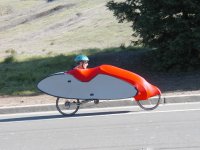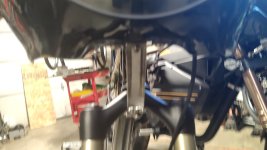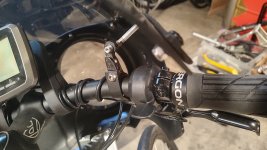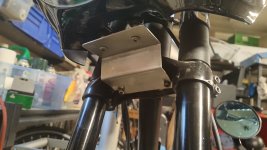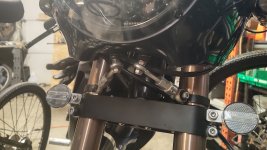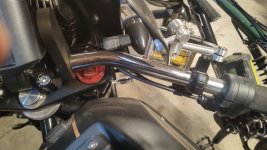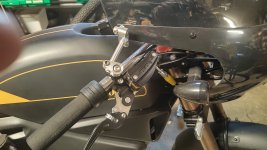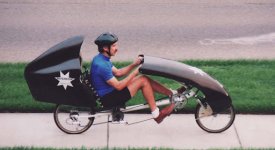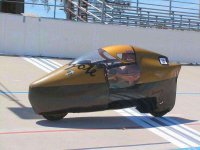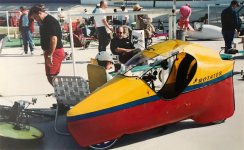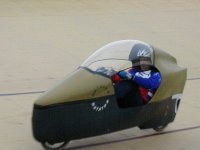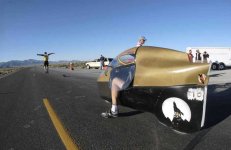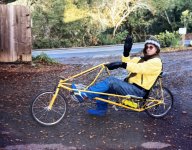The Lightning F40 recumbent has a streamlined shape created from doped Dacron cloth stretch over light weight aluminum tube frame.
An early version set the fastest time at the 1988, 89, 90 Argus Tour, Cape Town South Africa powered by Lloyd Wright.
Wimpie van der Merwe won on a F40 in 1993.
The main bike frame(s) I welded.
Lightning F40
Cape Town Tour
Not trying to belittle the fabric coverings PaPaSteve (and everyone), but provide the info and 'how to' to improve them:
If the aircraft fabric technique where used to cover the F40 is would be a whole lot neater (saleable) and even more aero.
NB that there are no creases or flapping in these aircraft, they look factory and that this is true at speed too.
I think when most people see a fabric skin flapping in the wind its straight up; "No. Just NO! I don't care how much more aero that might be, I WON'T be seen dead in that thing!"
ie: Had the F40 been covered in (shiny colour of your choice)
Oratex Aircraft Fabric and ironed, it would look as neat and professional as similarly covered aircraft do.
I hope you/everyone finds this info useful.
I'd want to swipe these glider/sailplane fuselages if I were you!

It's almost like there are lots of reasons that fully faired pedal and ultralight vehicles are vanishingly rare compared to open ones. Go figure.
So... Here you are again looking for a nice fun argument to enjoy at our expense!
If you pay me; I'll be happy to argue with you.
Lets say $10 for 10 minutes?
Would you like my banking details?
Or would you prefer to just keep baiting on forums as you're sure to find someone obliging for a far better price..?

From past experience, it's people who have to play 'yes man' all day at work and get home to relationships where the spouse wears the pants and it's yet more: "yes dear. no dear. 3 bags full dear" that exhibit this... peculiar behavior.
Have you considered changing jobs and/or partners as an alternative?
Acceptance and Uptake:
People know that a pedestrian comes 2nd in a collision with a car.
So a small, light, low, pedestrian sized vehicle is instinctively (and correctly) perceived as less safe.
ie: 99.9999% of the population wants a vehicle that is sized/weighted to compete (or beat) the other vehicles on the road in a collision.
The ONLY way velo type micro cars will ever be accepted is if the world wakes up to discover that their car has mysteriously been replaced by a velo.
"But that's ok because so has everyone else's, so I stand as good a chance in a collision"
As far as practicality and ride-ability goes; no-one is arguing with you.
We agree! ok..?
These things only really work un-frighteningly when there is no (cross) wind and sadly, wont just stand there, self balancing at an intersection.
A lot of them are also not to people's taste as far as looks go.
Yet here we are; a small group, discussing how best to overcome these challenges.
Yes; an easy target for your ...'needs'. Would a list of other fringe groups be useful? Perhaps the flat earthers??


endless-sphere.com



